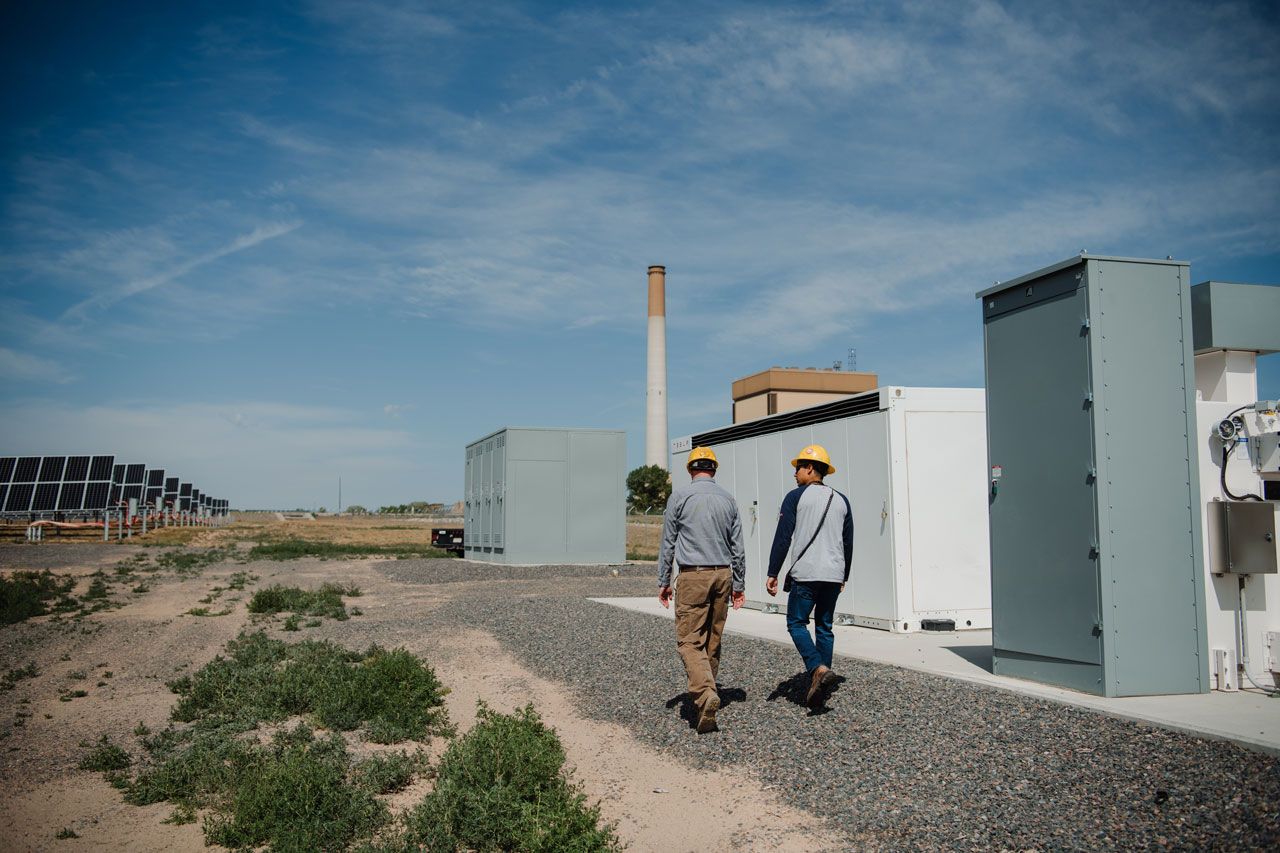‘100 weeks’ at EFTC closes as clouds gather
When he took the reins of Electronic Fab Technology Corp. two years ago, Jack Calderon’s first command was for the little Greeley manufacturing company to envision its future.
Its past up to that point was not much to look at. At year-end 1996, income per share of EFTC stock had slid from 9 cents in 1995 to a loss of 40 cents. Net income had plummeted from 1995’s modest $354,138 to a loss of $1.6 million. Net sales for the year were up, but gross profit was down.
“’96 was a terrible year, and ’97 was a fabulous year,” Brian Tracey, EFTC’s vice president of marketing, declared. “The vision may have been bold, but within 100 weeks, we accomplished everything we set out to do.”
SPONSORED CONTENT
How dispatchable resources enable the clean energy transition
Platte River must prepare for the retirement of 431 megawatts (MW) of dispatchable, coal-fired generation by the end of the decade and address more frequent extreme weather events that can bring dark calms (periods when there is no sun or wind).
Calderon’s vision was focus and expansion — lots of expansion. The aim was to become the “undisputed leader in high-mix manufacturing.” (“High-mix” manufacturing is manufacturing in small quantities.) He set out goals for the company to accomplish in the next two years in a program called the “100 Week Journey of Progress.” They included: Become multisited; double in size; broaden services part of business; broaden the customer base; become one of the best financially performing companies in the contract-manufacturing industry.
“We’ve defined ‘high mix’ for the industry,” Tracey said. Manufacturing contracts that didn’t fit with the new high-mix profile were terminated, and equipment sold off. Employees were laid off, 90 from manufacturing and 52 from other positions. The restructuring cost $2.13 million.
Expansion began immediately. By year-end 1997, the company’s assets had grown from the 1996 total of $22.9 million to $145.6 million. The new assets included service units in Florida and Arizona acquired from AlliedSignal Inc., and facilities in Tennessee and Kentucky strategically located near Federal Express and UPS hubs. These purchases brought the company in line with Calderon’s goal of broadening its services division.
Also acquired in 1997 were contract manufacturing units in Oregon and Washington purchased from Current Electronics. Taken together, the acquisitions fulfilled another goal, that of becoming multisited and truly national.
At 100 weeks, there is much with which to be satisfied.
“From a company point of view, the company is really solid,” Calderon said. “At the beginning of the 100 weeks journey, we were a very insignificant company. Today we are the 11th-largest publicly traded contract manufacturer.” The company’s increased importance in the industry has brought it into “a new sphere of increased attention” that has advantages and disadvantages, he admits. When the news is good, the attention is welcome. When it’s bad, as with the recent precipitous drop in stock prices, the attention is less welcome.
When he took the reins of Electronic Fab Technology Corp. two years ago, Jack Calderon’s first command was for the little Greeley manufacturing company to envision its future.
Its past up to that point was not much to look at. At year-end 1996, income per share of EFTC stock had slid from 9 cents in 1995 to a loss of 40 cents. Net income had plummeted from 1995’s modest $354,138 to a loss of $1.6 million. Net sales for the year were up, but gross profit was down.
“’96 was a terrible year, and ’97 was a fabulous year,” Brian…
THIS ARTICLE IS FOR SUBSCRIBERS ONLY
Continue reading for less than $3 per week!
Get a month of award-winning local business news, trends and insights
Access award-winning content today!

